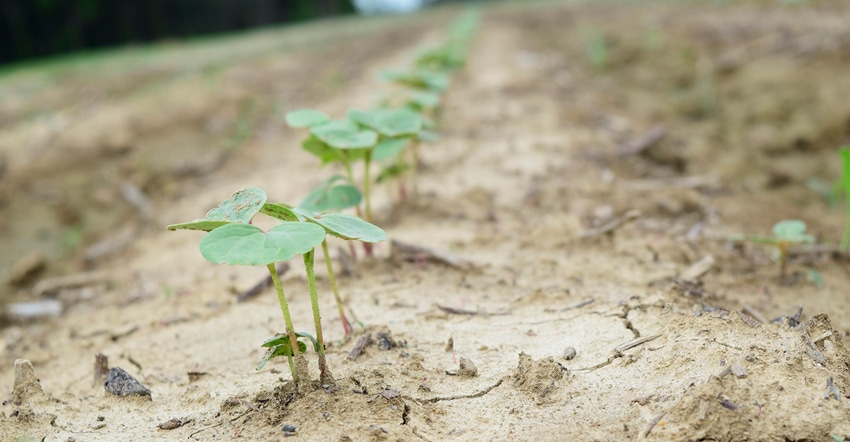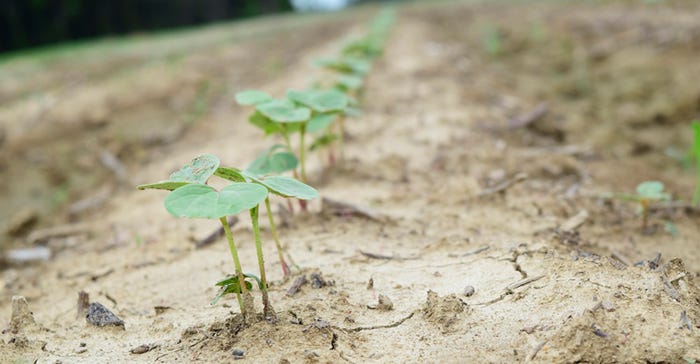June 7, 2018

Sponsored Content
Are there areas of your cotton field with unusually thin stands? Do you have shorter-than-normal plants?
In-season soil sampling in those problem areas can tell you if nematodes are to blame.
“If you are growing cotton in the Delta, you almost certainly have a nematode problem,” says Tom Allen, Mississippi State University Extension/research professor. “It’s not a question of if, but a question of when and which nematode becomes an issue, especially in fields planted to continuous cotton.”
In addition to sparse or unusually short stands, nematode damage may appear as wilted, stressed plants that look like they are not receiving sufficient irrigation or appear nutrient stressed.

Above-ground symptomatology in the field can be similar between southern root-knot nematode and reniform nematode infestations. Southern root-knot nematode infestations can be identified by the presence of root galling in cotton seedlings, and are most often found in sandier soil classes. In comparison, reniform nematode prefers silt loam soils and does not produce galls on the roots, making it more difficult to identify at the field level without collecting and submitting a soil sample to a diagnostic laboratory.
It is possible for both nematode species to be present in the same sandy or sandy silt-loam soil. Plant parasitic nematodes, in general, do not favor heavy clay soils.

Managing nematodes is much more efficient if you are using an integrated management approach:
Know your field’s nematode pressure history. If a cotton field has a history of heavy nematode infestations, be prepared to treat with a nematicide.
Rotate crops to minimize risk of nematode-related damage. Planting continuous cotton increases your odds of yield-decreasing nematode pressure. Rotating to corn minimizes the risk of reniform nematode populations. Crop rotation to peanuts or grain sorghum helps minimize southern root-knot nematode populations.
Be cognizant of each field’s soil class. Nematode species have soil class preferences. Know the species you are trying to control.
Be ready to treat for nematodes. If nematodes are present, treatment recommendations call for an initial application of DuPont™ Vydate® C-LV insecticide/nematicide over the top at a rate of 17 fl oz/A to cotton in the second to fifth true leaf stage of growth. Alternatively, two applications of Vydate® C-LV can be made at a rate of 8.5 fl oz/A following the planting of nematicide-treated seed. The first application should be made at the second to fifth leaf stage of growth followed by a second application at the same rate seven to 14 days later.
®™Trademark of The Dow Chemical Company (“Dow”) or E. I. du Pont de Nemours and Company (“DuPont”) or affiliated companies of Dow or DuPont. DuPont™ Vydate® C-LV is a restricted-use pesticide. Vydate is not registered for sale or use in all states. Contact your local DuPont retailer or representative for details and availability in your state. Always read and follow all label directions and precautions for use when using any pesticide alone or in tank-mix combinations.
©2018 DuPont L14-604-002 (06/18) BR DAAG8VYDT052
About the Author(s)
You May Also Like




